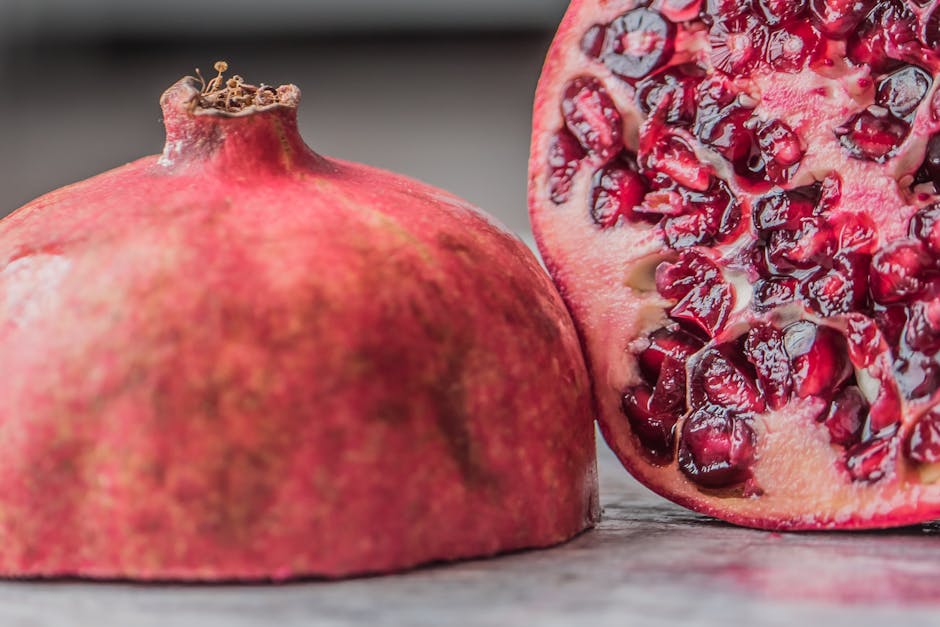What Makes a Superfood “Super”?
At its core, a superfood is nutrient-dense. That means it delivers a high concentration of vitamins, minerals, antioxidants, or other health-boosting compounds in a relatively small serving. Think spinach, not soda. These foods earn their “super” title because they do more heavy lifting for your body per calorie than the average ingredient.
But not every hyped food earns a permanent spot in the wellness aisle. Some rise in popularity because they check all the right boxes—rich nutrient profile, ancient origins, Instagrammable potential. Others fade fast, usually when marketing outpaces science. The wellness world loves a shiny new thing, but trends don’t stick unless there’s data behind them.
That’s where scientific backing matters. Real superfoods survive the hype by holding up under research. It’s not enough to claim anti-inflammatory or immune-boosting powers—credible studies, clinical trials, and biochemical analysis are what raise a fad into a trusted recommendation. In 2024, consumers are savvier. Buzzwords don’t cut it; proof does.
Tiger Nuts
Despite the name, tiger nuts aren’t nuts—they’re small tubers, native to Africa and parts of the Mediterranean, and they’ve quietly been making their way into wellness circles. These chewy little root snacks are loaded with fiber, particularly resistant starch—a type of prebiotic fuel that feeds the good bacteria in your gut. High in magnesium and iron, they come with a subtle, nutty-sweet flavor that makes them versatile in both sweet and savory eats.
What makes tiger nuts interesting for gut health is how they support microbiome diversity. Regular intake has been linked with better digestion, reduced bloating, and even potential anti-inflammatory effects downstream. Since they’re low-glycemic, they’re a smart choice for anyone watching blood sugar levels, too. Diabetics and low-carb eaters are already paying attention.
You can eat tiger nuts as-is for a crunchy snack, soak them overnight to soften, or grind them into flour for a fiber-boosted swap in baked goods. Horchata de chufa, a traditional drink made from tiger nuts, is also catching on again—this time with zero hype, just function.
The Functional Food Crossover
Superfoods aren’t just living in the wellness aisle anymore—they’re being baked into your sourdough, folded into your protein bars, and crushed into your canned teas. Brands are slipping trendy ingredients into everyday staples, pitching them as easy shortcuts to better health. A slice of beet-infused rye or a moringa granola bar might sound like progress, but not all that glitters is nutrient gold.
Here’s the deal: reading the front of the package won’t cut it. Claims like “superfood-powered” or “boosted with antioxidants” often lean heavy on marketing, light on substance. Turn the box over. Look at the ingredient list. Where does the superfood show up? How much is actually there? If chia seeds are last on a long list, you’re probably buying a headline, not real functional value.
Also key: bioavailability. Just because an ingredient makes it into your almond milk doesn’t mean your body’s absorbing it. Some nutrients need healthy fats to digest well, or they break down if overheated. And variety? Non-negotiable. Rotating your picks—think tiger nuts one week, amaranth the next—gives your body a broader spectrum of nutrients without overload or burnout.
Smart shopping now means decoding the claims, trusting your label-reading skills, and remembering that more isn’t always better. Consistency and variety will serve you longer than the latest miracle muffin.
Buyer Beware: Know Your Source
Superfoods only earn their title when they’re clean, potent, and responsibly produced. That means where and how your food is grown matters—sometimes just as much as what it is. If you’re loading up on items like moringa or sea moss, quality sourcing is non-negotiable. Look for products that are minimally processed and come from transparent supply chains. Brands that show you origin stories or test results are a safer bet than those that hide behind buzzwords.
Greenwashing is everywhere right now. Just because packaging screams “natural” or “clean,” doesn’t mean it actually delivers. A good filter: if it sounds too good to be true, dig deeper. Inflated claims, sketchy testimonials, or the absence of real data should set off alarms. Don’t rely on hype—rely on labels, research, and your own BS meter.
Trusted certifications help you cut through the noise. USDA Organic, Non-GMO Project Verified, Fair Trade, and third-party lab testing results are all signals that someone’s watching the process. Not every good product will wear a certification badge, but the ones that do have usually gone through more scrutiny.
Bottom line: if you care about what goes into your body, it’s worth caring where it came from too.
Integrating Superfoods into Real Life
You don’t need to make your diet look like a wellness influencer’s Instagram to see real benefits. The most practical strategy? Start small. Pick one superfood—maybe it’s moringa powder or a bag of amaranth—and build it into your week. Seven days gives you enough time to try a few different recipes, notice how your body responds, and decide if it’s something worth keeping in rotation. No pressure to overhaul everything overnight.
Convenience matters too. Look for recipes that work with what you already eat. Stir moringa into your morning smoothie. Swap out rice for amaranth in your grain bowl. Blend sea moss gel into a post-workout shake. These kinds of swaps make it easier to stay consistent, and honestly, to enjoy the process—a non-negotiable if you’re in this for the long haul.
Long term, it’s less about chasing every trending food and more about stacking habits that support your health goals. Adding nutrient-dense foods into your everyday life in a sustainable, low-stress way beats strict diets or perfectionism any day. This is about momentum, not mastery.
The Bigger Picture: Trends in Wellness Eating
Superfoods and the Plant-Based Movement
The rise of plant-based eating isn’t just a diet—it’s a shift in how we think about wellness and sustainability. Superfoods fit seamlessly into this narrative, offering nutrient-dense options that align with whole food, plant-forward lifestyles.
- Many superfoods—like moringa, amaranth, and sea moss—are naturally plant-based
- These ingredients support essential dietary needs without relying on animal products
- They also complement popular eating plans such as Mediterranean, flexitarian, and blue zone-inspired diets
Longevity diets—those structured around the world’s longest-living populations—emphasize plant diversity, antioxidant-rich foods, and traditional food practices. Superfoods are increasingly being recognized for their role in supporting long-term health goals, from heart health to chronic inflammation management.
Cultural Rediscovery: Indigenous Superfoods Gain the Spotlight
A noteworthy trend in 2024 is the renewed spotlight on indigenous and ancestral foods. These superfoods, long used in local healing traditions worldwide, are now gaining global attention for both their nutritional power and cultural significance.
- Amaranth: Once a staple of Aztec cuisine, now returning as a modern gluten-free grain
- Tiger nuts: Cultivated for centuries in parts of Africa and the Mediterranean
- Moringa: A traditional remedy in South Asia and Africa, praised today for its vitamin density
This rediscovery isn’t just about nutrition—it’s about honoring food heritage, promoting biodiversity, and supporting underrepresented farming communities. As global audiences become more food-conscious, these lesser-known superfoods are entering mainstream conversations not as novelties, but as respected, functional staples.
Curious About What’s Next?
Explore broader wellness eating trends in our companion article: Top Food Trends to Watch in 2023.
Final Thought
Superfoods aren’t silver bullets. Add all the spirulina, chia, and moringa you want—but if the rest of your plate is ultra-processed and inconsistent, the gains will be minimal. That said, they can support smarter choices when folded into a bigger, balanced picture.
The goal isn’t to chase the next exotic ingredient—it’s to build a habit of eating real, nutrient-dense food more often than not. Superfoods play their part best when they’re seen as allies, not saviors. Look past the labels, watch the source, and keep it simple: whole ingredients, consistent patterns, and informed decisions. That’s where the real wellness lives.


 Jennifera is passionate about sharing culinary stories that blend tradition with innovation. At FoodHypeSaga she creates engaging articles that inspire readers to discover new dining experiences and food movements.
Jennifera is passionate about sharing culinary stories that blend tradition with innovation. At FoodHypeSaga she creates engaging articles that inspire readers to discover new dining experiences and food movements.

